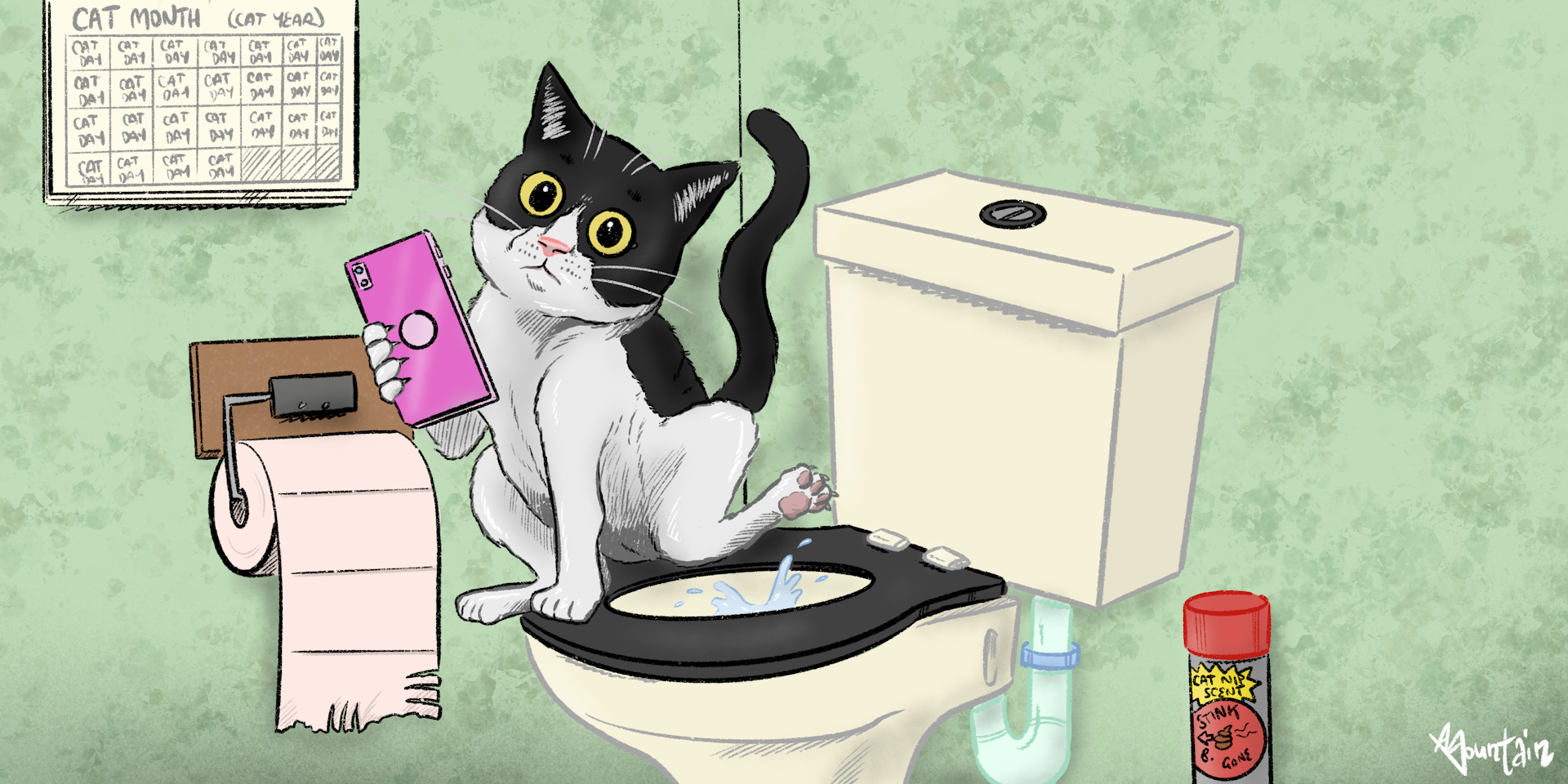Reasons You Should Never Flush Cat Poop Down Your Toilet - Important Information
Reasons You Should Never Flush Cat Poop Down Your Toilet - Important Information
Blog Article
Nearly everybody has their own piece of advice involving How to Dispose of Cat Poop and Litter Without Plastic Bags.

Introduction
As cat owners, it's important to be mindful of how we get rid of our feline good friends' waste. While it may appear hassle-free to purge pet cat poop down the bathroom, this practice can have detrimental consequences for both the environment and human wellness.
Ecological Impact
Purging cat poop introduces unsafe pathogens and parasites right into the water, positioning a substantial risk to marine ecological communities. These contaminants can negatively influence marine life and compromise water top quality.
Health and wellness Risks
In addition to environmental issues, flushing feline waste can likewise present health threats to people. Pet cat feces may contain Toxoplasma gondii, a bloodsucker that can cause toxoplasmosis-- a potentially severe disease, especially for expectant females and individuals with weakened immune systems.
Alternatives to Flushing
Fortunately, there are more secure and much more accountable means to throw away cat poop. Think about the following choices:
1. Scoop and Dispose in Trash
One of the most common technique of disposing of pet cat poop is to scoop it right into an eco-friendly bag and toss it in the garbage. Make sure to utilize a devoted litter inside story and throw away the waste without delay.
2. Usage Biodegradable Litter
Opt for naturally degradable feline clutter made from products such as corn or wheat. These litters are environmentally friendly and can be safely dealt with in the garbage.
3. Bury in the Yard
If you have a backyard, consider hiding cat waste in a designated location far from vegetable gardens and water sources. Make certain to dig deep sufficient to stop contamination of groundwater.
4. Set Up a Pet Waste Disposal System
Purchase a pet dog waste disposal system especially created for cat waste. These systems utilize enzymes to break down the waste, lowering smell and environmental influence.
Conclusion
Accountable pet possession expands beyond supplying food and shelter-- it additionally entails correct waste monitoring. By refraining from flushing pet cat poop down the bathroom and opting for different disposal methods, we can decrease our ecological impact and protect human wellness.
Why You Should NEVER Flush Cat Poop (and/or Litter) Down Your Toilet
The Problem with Litter
The main function of litter is to solidify and adhere to your cat’s waste. While this makes litter excellent for collecting cat poop and urine, it’s also the exact property that makes it a nightmare when flushed down the toilet.
Cat litter can and will clog pipes. There is non-clumping litter, but it’s still quite heavy and can build up in pipes. This is true even of supposed “flushable litter.”
The problems only compound when the litter is already clumped into cat waste. Toilet paper is among the more flushable things, and even too much of that will clog a toilet.
The Problem with Cat Poop
Sewers and septic systems are designed with human waste in mind. The microbes that help break down human waste don’t work on cat waste. Additionally, cat poop plays host to the parasite Toxoplasma gondii.
When flushed, this parasite can enter the environment in places it was never meant to, posing a risk to pregnant women, their unborn children, and other people with compromised immune systems. While it might not seem possible, flushing cat poop can indeed introduce this parasite to the public water supply.
These reasons are why, even if you’ve trained your cat to go on the toilet and flush, which is possible, it’s still not a good idea. Also, pregnant women and the immunocompromised shouldn’t change litter, either.
How to Handle Litter
The best way to handle litter is to simply put it in a plastic bag and place it in the trash. Avoiding environmental risks and possible plumbing damage is worth the extra effort.
You can also invest in devices that seal away your cat’s waste in a separate compartment, so you don’t have to change the litter nearly as often. They’re also safer for pet owners because they limit the possibility of Toxoplasma gondii exposure.
Disposing of litter the old-fashioned way will ensure you won’t have to worry about any issues that flushing the waste can potentially cause.
Take Care of Clogged Pipes with Stephens Plumbing, Heating & Air Conditioning
The reasons you should never flush cat poop down your toilet are numerous, but sometimes the inevitable happens despite your best efforts.
Stephens Plumbing, Heating & Air Conditioning is ready to help if you’re experiencing litter-blocked plumbing. Whether you need us in an emergency or want to schedule regular maintenance, we’re here for you.
https://www.stephensplumbing.net/bathroom-plumbing/never-flush-cat-poop-down-your-toilet/

Hopefully you liked our post on Don’t flush cat feces down the toilet. Many thanks for taking time to browse our post. Kindly take the opportunity to promote this post if you enjoyed it. Many thanks for your time. Don't forget to stop by our website back soon.
Schedule And Pricing Report this page